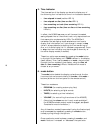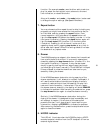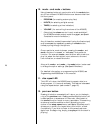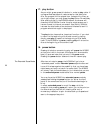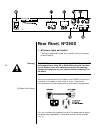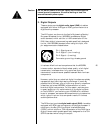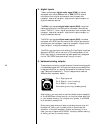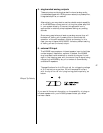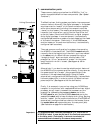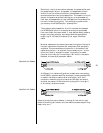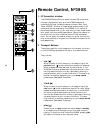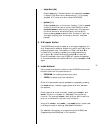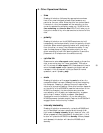
26
3. digital inputs
These inputs accept digital audio signal (DAS) via cables
equipped with either EIAJ optical or RCA (S/PDIF) coaxial
connectors from digital sources such as a compact disc
transport, laser disc transport, digital audio tape transport, or
digital broadcast receiver.
The EIAJ input accepts digital audio signal (DAS) via optical
cable equipped with the EIAJ optical connector (sometimes
called “Toslink™”) from digital sources such as a compact disc
transport, laser disc transport, digital audio tape transport, or
digital broadcast receiver.
The RCA input accepts digital audio signal (DAS) via cables
equipped with RCA-type connectors from digital sources such
as a compact disc transport, laser disc transport, digital audio
tape transport, or digital broadcast receiver.
The RCA input conforms to the Sony/Phillips Digital Interface
Standard (S/PDIF), which calls for a 75Ω transmission of the
DAS. Use a digital interconnecting cable specifically designed
for the 75Ω S/PDIF standard when using this input.
4. balanced analog outputs
These outputs normally provide balanced line-level analog audio
(via cables equipped with XLR-type connectors) to a preamplifier,
integrated amplifier, or receiver equipped with balanced inputs
(see “Setup and Installation”). The pin assignments used are
AES-standard, as shown below:
Pin 1: Signal ground
Pin 2: Signal + (non-inverting)
Pin 3: Signal – (inverting)
Connector ground lug: chassis ground
Alternatively, you may elect to use the variable output capability
of the Nº390S as a volume control, driving the power amplifier
in your system directly. For a digital-only system, the Nº390S
is an excellent preamplifier.
Since many people have at least one analog source, they will
be better off having a full preamplifier to coordinate the
operation of the entire system—digital and analog. In this
case, you would leave the Nº390S in its factory-default setting
of having a fixed (line level) output.



